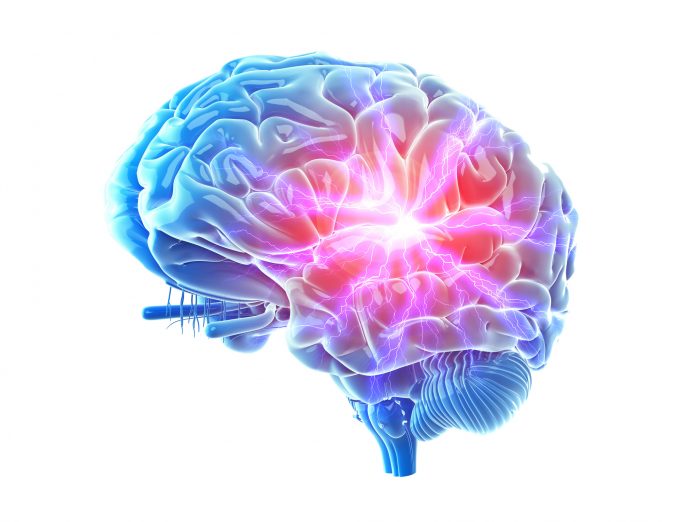
Research from a National Institutes of Health (NIH)-funded study that collected pain-related data from within the brains of a small cohort of patients, has identified a specific area of the brain and related biomarkers associated with chronic pain. According to the researchers—who were examining chronic pain disorders caused by stroke or amputation—their work marks the first time a team has recorded activity from within the brain related to chronic pain.
The new findings, published in the journal Nature Neuroscience, were funded by the NIH’s Brain Research Through Advancing Innovative Neurotechnologies (BRAIN) Initiative and the Helping to End Addiction Long-term Initiative (NIH HEAL).
“This is a great example of how tools for measuring brain activity originating from the BRAIN Initiative have been applied to the significant public health problem of relieving persistent, severe chronic pain,” said Walter Koroshetz, MD, director of the National Institute of Neurological Disorders and Stroke, part of NIH. “We are hopeful that building from these preliminary findings could lead to effective, non-addictive pain treatments.”
Pain research for years has largely relied upon self-reported pain levels of patients living with pain. But these data are derived from questionnaires and other subject measures that ask patients to rate the intensity of their pain and its emotional impact. This new work, however, examined directly changes in brain activity of two regions where pain response is thought to occur: the anterior cingulate cortex (ACC) and the orbitofrontal cortex (OFC).
This study also sought to study pain, such as that caused by stroke or amputation (phantom limb pain) that originates in the brain as opposed to neuropathic pain which is caused by damage to the nervous system. Pain that originates in the brain does not respond well to existing pain medications.
“When you think about it, pain is one of the most fundamental experiences an organism can have,” said study lead author Prasad Shirvalkar, MD, PhD, associate professor of anesthesia and neurological surgery at the University of California, San Francisco. “Despite this, there is still so much we don’t understand about how pain works. By developing better tools to study and potentially affect pain responses in the brain, we hope to provide options to people living with chronic pain conditions.”
The small study comprised four patients—three with post-stroke pain and the fourth with phantom limb pain. Each patients had electrodes surgically implanted to measure activity in their ACC and OFC. During the study, the patients were also asked several times a day to rate their pain including providing information about strength, type of pain, and how the pain was affecting their emotional state. The patients then initiated a recording of information from their brain by clicking a remote control device, to gather a snapshot of the activity within their ACC and OFC at the same time. The researchers then used a machine learning algorithm to analyze the data and found they were able to use activity in the OFC to predict the patients’ pain state.
“Functional MRI studies show that the ACC and OFC regions of the brain light up during acute pain experiments. We were interested to see whether these regions also played a role in how the brain processes chronic pain,” said Shirvalkar. “We were most interested in questions like how pain changes over time, and what brain signals might correspond to or predict high levels of chronic pain?”
In a separate study, the researchers looked at how the ACC and OFC responded to acute pain, which was caused by applying heat to areas of the participants’ bodies. In these instances, the ACC appeared to be the region most involved. This suggests that the brain processes acute vs. chronic pain differently, though more studies are needed given that data from only two participants were used in this comparison.
The new research provides a platform for further studies within both the BRAIN and HEAL initiatives and could represent initial steps toward understanding how brain activity relates to humans’ perception of pain.
According to the investigators the most immediate area that can be exploited from this research is the use of deep brain stimulation (DBS) to treat chronic pain. DBS is already being used to treat some neurological disorders such as depression and Parkinson’s disease, but these approaches have been successful based on well-established brain biomarkers. The new research represents early first steps in the understanding and potential therapeutic approaches to chronic pain.













